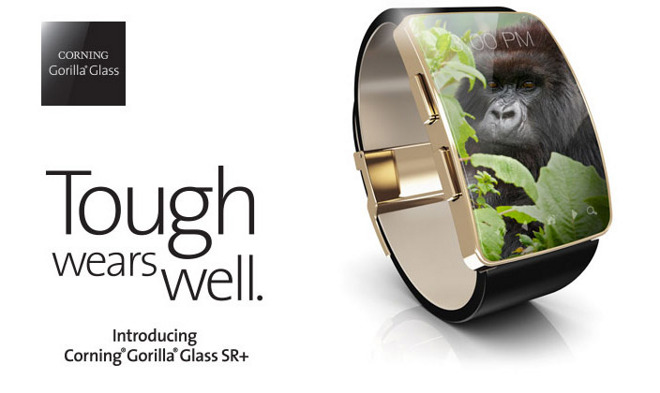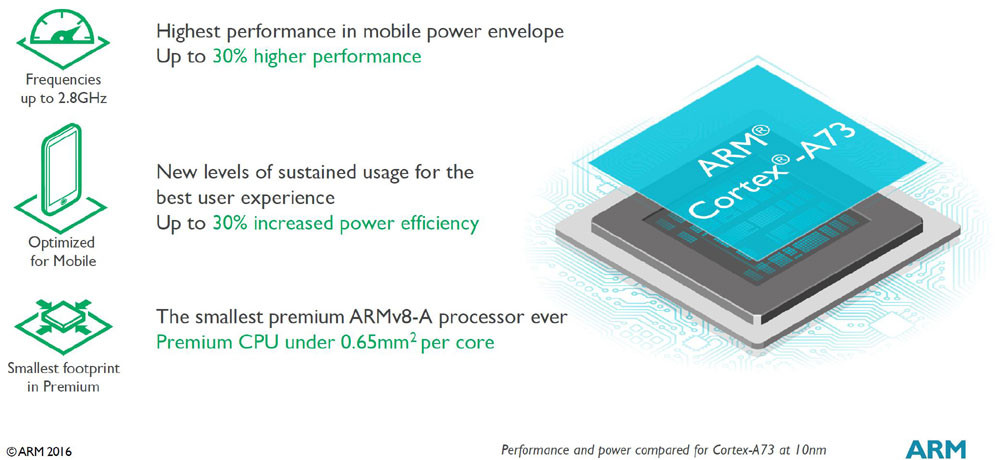
Year after year, companies have shoved more and more megapixels into devices that get larger and larger, but at the same time are becoming dangerously anorexic. When building a phone with a camera sensor that has limited z-height, you sacrifice things like depth of field and focal length. Toshiba’s answer to this problem is to build a camera with not one, but two sensors.

Now I know what you’re thinking: We did this bullshit back when companies were trying to get 3D off the ground. And you’re right, there were several phones that hit the market that had two camera sensors, but Toshiba’s unit (pictured above) works a bit different. Their camera doesn’t use the two sensors to generate a 3D image. Their camera uses the different images being captured to spit out a photo that’s sharper, has more depth, and even gives you the ability to refocus your photo after you’ve taken it!
Are there any catches? Yes, you’re going to have to wait a long time, think second half 2014, to see a phone using this module. That and each of the sensors only capture 5 megapixels, though Toshiba says they use some crazy maths to bump that up to 13 megapixels.
As always, wait until retail devices are out and let the professionals put them through a series of rigorous tests before believing the marketing hype. I’m all for companies trying new and innovative things, but trying is one thing. You need to prove it works.















